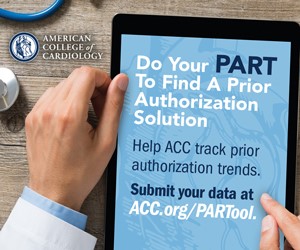|
Maryland ACC advocates for the health of patients, provides local and regional educational opportunities,
connects the local CV community, and mentors the next generation of diverse CV professionals.
President's Messagedecember 2025 | Congratulations to the Johns Hopkins Jeopardy team who will represent MDACC at ACC.26 in New Orleans! Sean Paul Gaine |

